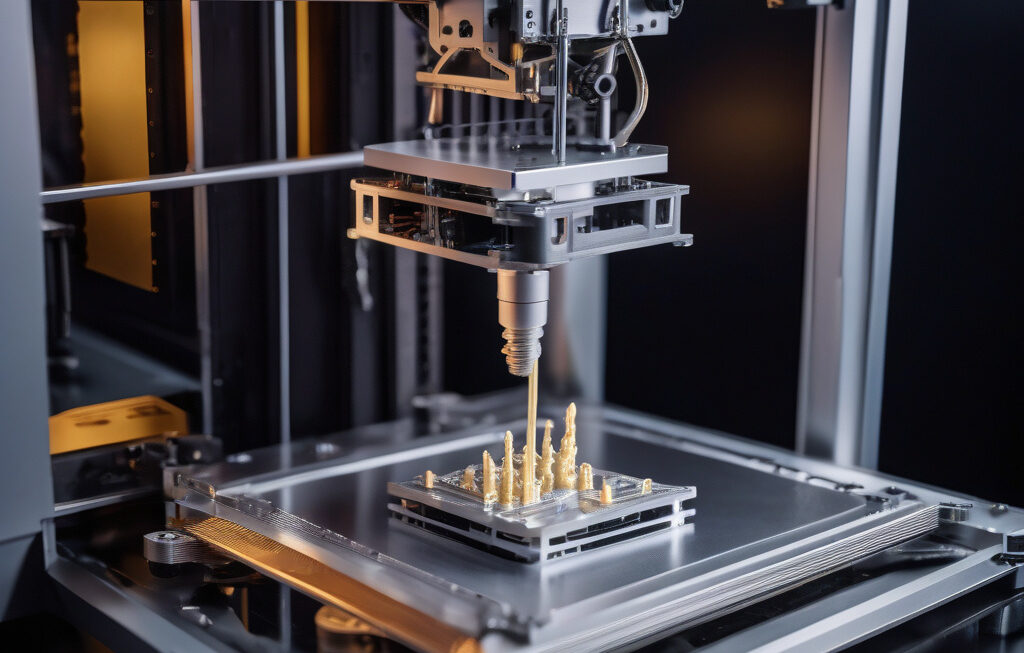Discovery of Flat Bands in Superconductors Could Advance Next-Gen Computing
Kagome metals, known for their distinctive two-dimensional lattices formed by corner-sharing triangles, have drawn significant attention in the world of physics and materials science. Recently, researchers have made a groundbreaking discovery within these materials that could potentially revolutionize the field of superconductivity and advance next-generation computing technologies.
Flat bands, a unique characteristic found in certain materials like Kagome metals, have been identified as a key player in enhancing superconducting properties. These flat bands, which display a lack of dispersion in energy levels, are highly sought after due to their ability to host exotic quantum phenomena. In the case of superconductors, the presence of flat bands can lead to the emergence of unconventional superconductivity, a phenomenon that allows for the flow of electrical current without any resistance.
One of the primary challenges in harnessing the power of flat bands in superconductors lies in manipulating their properties to achieve desired outcomes. However, recent experiments have shown promising results in controlling and tuning flat bands within Kagome metals, opening up new possibilities for developing advanced superconducting materials.
By leveraging the unique characteristics of flat bands, scientists believe they can create superconductors that operate at higher temperatures, a long-standing goal in the field. Traditional superconductors require extremely low temperatures to exhibit superconducting behavior, making them impractical for widespread use in everyday technology. With the discovery of flat bands in materials like Kagome metals, researchers are optimistic about the potential for developing high-temperature superconductors that could revolutionize industries ranging from energy transmission to quantum computing.
In addition to their applications in superconductivity, flat bands hold promise for advancing next-generation computing technologies. Quantum computers, which rely on delicate quantum states to perform calculations, could benefit greatly from the stability and coherence offered by materials with flat bands. By utilizing the unique properties of flat bands, scientists aim to create qubits with increased resilience to errors, bringing us one step closer to realizing the full potential of quantum computing.
Furthermore, the discovery of flat bands in superconductors highlights the importance of interdisciplinary research in pushing the boundaries of scientific knowledge. Collaborations between physicists, materials scientists, and engineers have been crucial in unraveling the mysteries of flat bands and exploring their potential applications. By fostering continued collaboration and knowledge sharing, the scientific community can accelerate the development of innovative technologies that have the power to shape the future.
As we stand on the brink of a new era of discovery and innovation, the implications of flat bands in superconductors extend far beyond the confines of the laboratory. From revolutionizing superconductivity to propelling quantum computing forward, the possibilities presented by flat bands are as vast as they are exciting. As researchers continue to push the boundaries of what is possible, one thing remains clear: the future of technology looks brighter than ever, thanks to the discovery of flat bands in materials like Kagome metals.
#Superconductors, #FlatBands, #NextGenComputing, #QuantumComputing, #MaterialsScience












